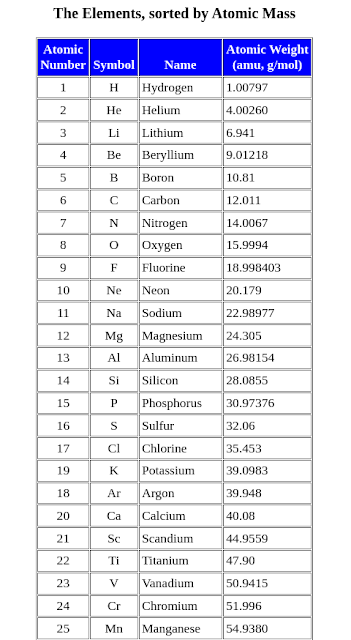Slurm (Simple Linux Utility for Resource Management) is a group utilities used for managing workloads on computer clusters. It can also be sued in your personal laptop.
$sudo dnf install slurm slurm-slurmd slurm-slumrctld $sudo -u munge /usr/sbin/mungekey -v $sudo systemctl start munge $sudo systemctl status munge $sudo systemctl enable munge $munge -n | unmunge // check munge works $hostname -f // find out hostname $sudo vi /etc/slurm/slurm.conf
ClusterName=localcluster
SlurmctldHost=localhost // or hostname
MpiDefault=pmix
ProctrackType=proctrack/cgroup
ReturnToService=1
SlurmctldPidFile=/var/run/slurm/slurmctld.pid
SlurmctldPort=6817
SlurmdPidFile=/var/run/slurm/slurmd.pid
SlurmdPort=6818
SlurmdSpoolDir=/var/spool/slurm/d
SlurmUser=root
StateSaveLocation=/var/spool/slurm/ctld
SwitchType=switch/none
InactiveLimit=0
KillWait=30
MinJobAge=300
SlurmctldTimeout=120
SlurmdTimeout=300
Waittime=0
SelectType=select/linear
AccountingStorageType=accounting_storage/none
AccountingStoreFlags=job_comment
JobAcctGatherType=jobacct_gather/none
SlurmctldDebug=info
SlurmctldLogFile=/var/log/slurm/slurmctld.log
SlurmdDebug=info
SlurmdLogFile=/var/log/slurm/slurmd.log
NodeName=localhost CPUs=12 Sockets=1 CoresPerSocket=6 ThreadsPerCore=2 RealMemory=10000 State=UNKNOWN
PartitionName=sbatch Nodes=ALL Default=YES MaxTime=INFINITE State=UP
Reference:
https://src.fedoraproject.org/rpms/munge
http://docs.nanomatch.de/technical/SimStackRequirements/SingleNodeSlurm.html
https://blog.llandsmeer.com/tech/2020/03/02/slurm-single-instance.html
